The Complete Guide to Industrial Safety Signs: Types of Signs, Regulations, Standards and Best Practices to Promote Safety in the Workplace
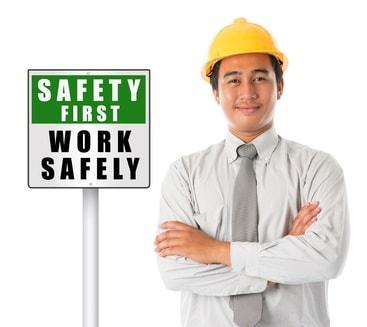

Industrial safety signs are commonplace across many industries. They take a variety of forms, but all industrial safety signs are designed to promote safety by informing workers, operators, and passersby of potential dangers in certain areas, near equipment, or in proximity to hazardous materials. 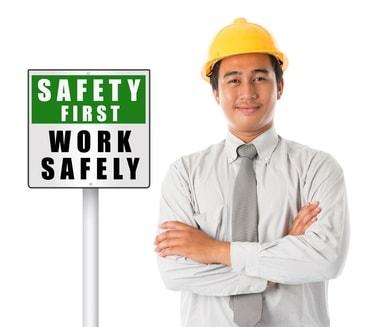
Being related to safety measures in industrial settings, industrial safety signage is subject to various regulations, which can be complex to navigate. We’ve put together this comprehensive guide to industrial safety signs to provide a central resource encompassing the various types of signs, regulations, guidelines, and best practices, and buying tips for selecting the right signs for your applications.
Table of Contents:
Industrial safety signs are used for several purposes, with most common applications falling into one of three categories:
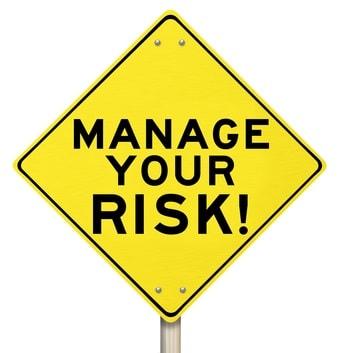
All industrial safety signs are intended to convey important information that may not be obvious on first glance in order to keep workers and other people safe from potential injuries or health risks.
The most obvious benefit of industrial safety signs is that they promote safety and help to prevent injuries in the workplace and other settings. Some applications are subject to regulations that mandate the use of industrial safety signs, often specifying the types of signs that must be present in certain locations on or near equipment, as well as the colors, symbols, and messaging required for compliance.
Of course, injury prevention is always the desired result, but unfortunately, operational errors and other accidents can lead to injuries despite the best prevention efforts. Industrial safety signs can help to reduce liability by providing proper notification for operators and other workers in the vicinity on the risks presented by machines, chemical hazards, requirements for protective safety gear such as eye protection or ear protection, and the like. Companies may not be liable for certain damages provided that all proper safety procedures were in place and warnings and safety instructions were posted appropriately and clearly visible. Workers are, of course, entitled to worker’s compensation benefits, but proper safety signage can provide some protection to companies should an injured party pursue further damages. (In other words, industrial safety signs help to ensure that you have all your ducks in a row.)
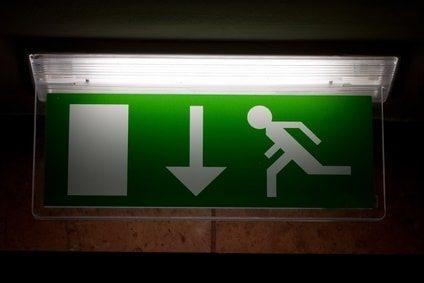
Industrial safety signs can also aid in wayfinding, providing information on alternate, safer routes from point A to point B, notifying people of congested areas that can pose safety risks, and provide clear, highly visible signs to direct people to emergency exits or label the location of essential emergency equipment, such as automated external defibrillators (AEDs) and fire extinguishers. In fact, OSHA regulations include specifications for emergency egress routes, mandating that all exits are labeled with highly visible “Exit” signs, and other hallways and areas that could be mistaken for an exit route must be clearly labeled with signs indicating “Not an Exit,” along with appropriate labeling to convey the actual purpose of the space (e.g., closet, conference room, etc.).
OSHA also requires that there be a clear line-of-sight to an Exit sign at all times, and that exits be free of clutter and obstacles that may prevent occupants from escaping the building safely. When the path to an exit isn’t obvious, other signs must be used to direct occupants to the nearest exit route. In short, industrial safety signs provide myriad specific benefits related to safety, but they also aid in regulatory compliance and reduce company risk.
Industrial safety signs take a variety of forms and functions, but they can be best classified by their primary use. When most people think of industrial safety signs, they think of the standard “caution” and “warning” signs that indicate a risk. These types of signs represent one of three hazard levels:
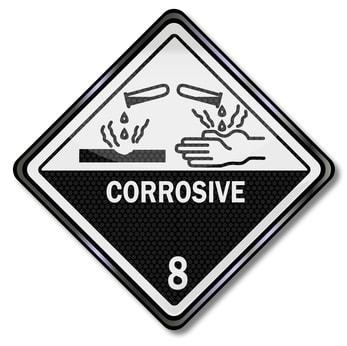
Of course, industrial safety signs encompass far more than hazard levels. The types of industrial safety signs listed below outline the primary function of different types of signs, but note that they’re not necessarily mutually exclusive. In some cases, certain symbols or messages can be used on other sign types, creating a dual-purpose sign. Other industrial safety sign types include:
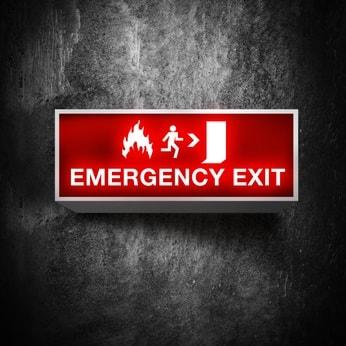
In addition to these elements, luminescence is also a consideration for safety signs. There are two primary finishes that can enhance the visibility of safety signs:
Industrial safety signs fall under the purview of several regulatory bodies, including OSHA, ANSI, and military standards issued by the Department of Defense. Here’s an overview of the primary regulations related to industrial safety signs issued by each of these authorities:
OSHA Standard 1910.145, Specifications for accident prevention signs and tags, is the primary regulation that outlines requirements for industrial safety signage. These specifications apply to “the design, application, and use of signs and symbols that indicate and, insofar as possible, define specific hazards that could harm workers or the public, or both, or to property damage.” Note that this specification covers all types of safety signs with the exception of signs designated for streets, railroads, and highways, and they also don’t apply to plant bulletin boards or safety posters.
OSHA specifies that all signs should have rounded or blunt corners and should be free of sharp edges, splinters, burrs, or any other sharp projections. Additionally, the ends or heads of bolts or any other fastening devices must be located in a manner that they don’t constitute a hazard.
Further, OSHA outlines specific requirements for colors, symbols, and other elements used for signs of specific types, including:
Other important requirements set forth by OSHA include: 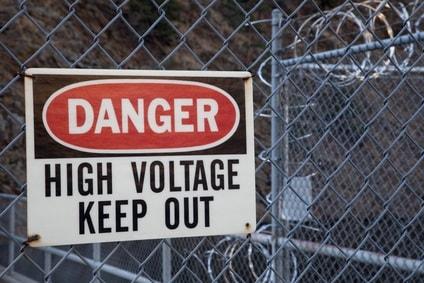
The American National Standards (ANS) are created by the National Electrical Manufacturers Association. ANSI Z535 Safety Alerting Standards outline the unique properties for safety signs that are effective in alerting people to hazards in the workplace and in other settings. The relevant standards fall under ANSI Z535.
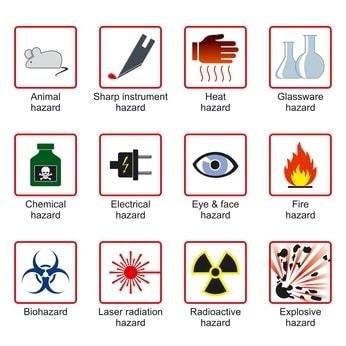
The ANSI Z535 Committee on Safety Signs and Colors was formed in 1979, with the purpose of developing “standards for the design, application, and use of signs, colors, and symbols
intended to identify and warn against specific hazards and for other accident prevention
purposes.” Specifically, the ANSI Z535 Committee’s goal is “to develop, refine, and
promote a single, uniform graphic system used for communicating safety and accident prevention
information.”
ANSI Z535 is comprised of six standards:
Industrial safety signs may also fall under certain military specifications. MIL-STD-15024F, updated in 1993, is the primary standard relating to specifications for signs and tags. According to EverySpec.com, “This performance specification covers the physical characteristics of plates, tags and bands (identification devices) used for identification of equipment. Examples of information to be marked on the identification devices are covered in the applicable specification sheets.”
This standard outlines the specific information and requirements that must be outlined in specification sheets, encompassing every physical characteristic from the type of identification device to the color style, color of filler, packaging requirements, and more. Only certain materials are permitted for use and must be highly durable, capable of withstanding environmental and cleaning conditions, fungus, and other conditions. UIDs and associated materials must also be free of defects, including:
Samples are often tested, and if any sample should fail a test, the entire lot associated with the sample will be rejected. Thus, perfection is key for signs and tags subject to these and other military standards.
Procuring industrial safety signs is not a decision that can be made lightly. With a multitude of regulations and specifications to comply with, and the health and safety of workers and other people at potential risk, due diligence is well worth your time.
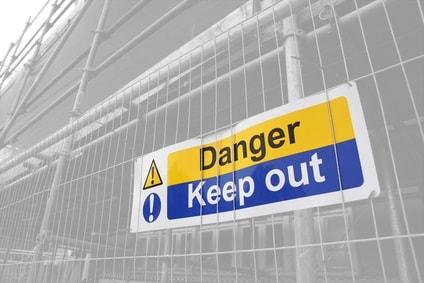
As if there aren’t enough considerations to weigh already when it comes to industrial safety signs, there are other factors that you should consider before making a buying decision. First and foremost, prioritize durability. Ideally, industrial safety signs should be capable of holding up to the typical environment for a similar application for the expected lifespan of the asset or equipment it relates to. For example, a safety sign outlining operating instructions on machinery that becomes blurred and illegible within a few years will need to be replaced before the machine itself has exhausted its useful life. Look for signs with the durability required to withstand your typical operating conditions for the expected lifespan of your assets and equipment.
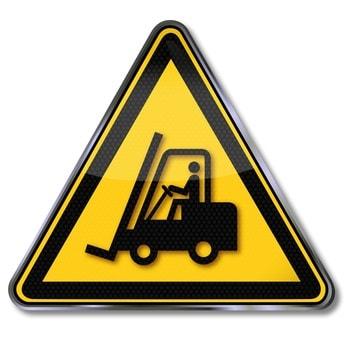 Attachment options are another consideration. Of course, as mentioned earlier in this guide, regulations mandate that attachments must be safe (not posing a safety risk with sharp edges or other hazards), but attachments should also securely affix a sign to its location without a risk that the sign will fall off or be accidentally removed. Some signs have multiple fastening options, such as adhesive or mechanical fasteners.
Attachment options are another consideration. Of course, as mentioned earlier in this guide, regulations mandate that attachments must be safe (not posing a safety risk with sharp edges or other hazards), but attachments should also securely affix a sign to its location without a risk that the sign will fall off or be accidentally removed. Some signs have multiple fastening options, such as adhesive or mechanical fasteners.
You’ll also want to consider finish options. Choose a sign manufacturer well-versed in applicable regulations and standards which offers finish options to meet your application requirements, such as retro-reflective and photo-luminescent finishes for enhanced visibility. An industrial safety sign manufacturer offering custom colors and finishes ensures that you can procure appropriate, compliant signs for any application.
Readability is key for industrial safety signs. Lettering must be thick and large enough to meet specifications and also to ensure visibility and readability from various distances, depending on the specific application and location. The size of the sign itself matters, too, playing a critical role in whether the essential messaging can be printed on the sign while maintaining readability.
Begin with a thorough analysis of all applicable regulations and standards, which allows you to communicate adequately with suppliers about your needs and applications. Carefully evaluate the options provided by a sign supplier, from customization options to standard sizes, finishes and attachments, and materials. Choose a safety sign supplier who is knowledgeable about industry regulations, diligent about analyzing application requirements, and willing to back their products’ durability.
For more information on industrial safety signs, regulations, design options, and workplace safety, visit the following resources:
Our sales engineers are experts in automatic asset tracking, tagging and identification,a nd can answer all your questions. Get in touch now.
Lets Talk ›